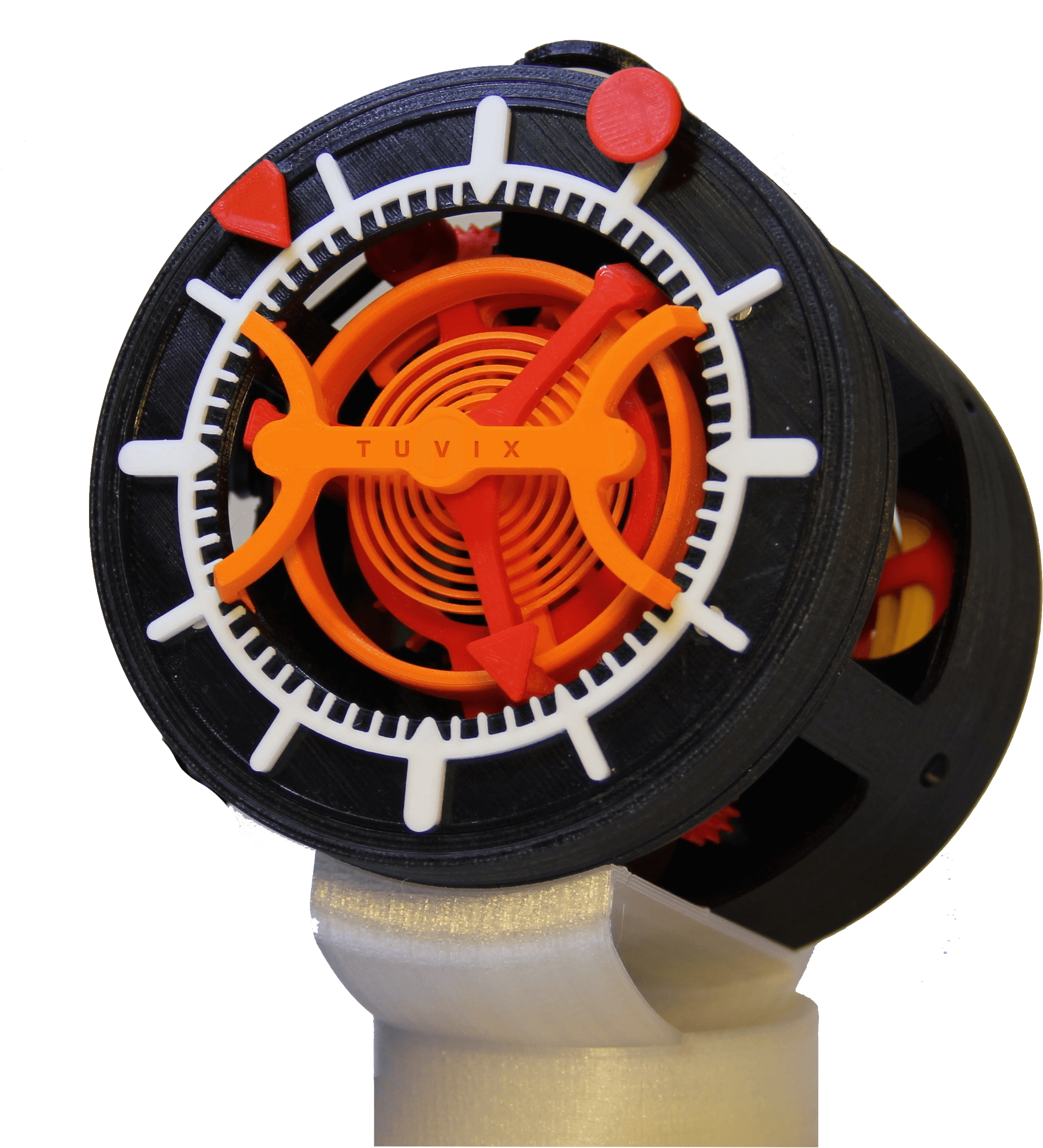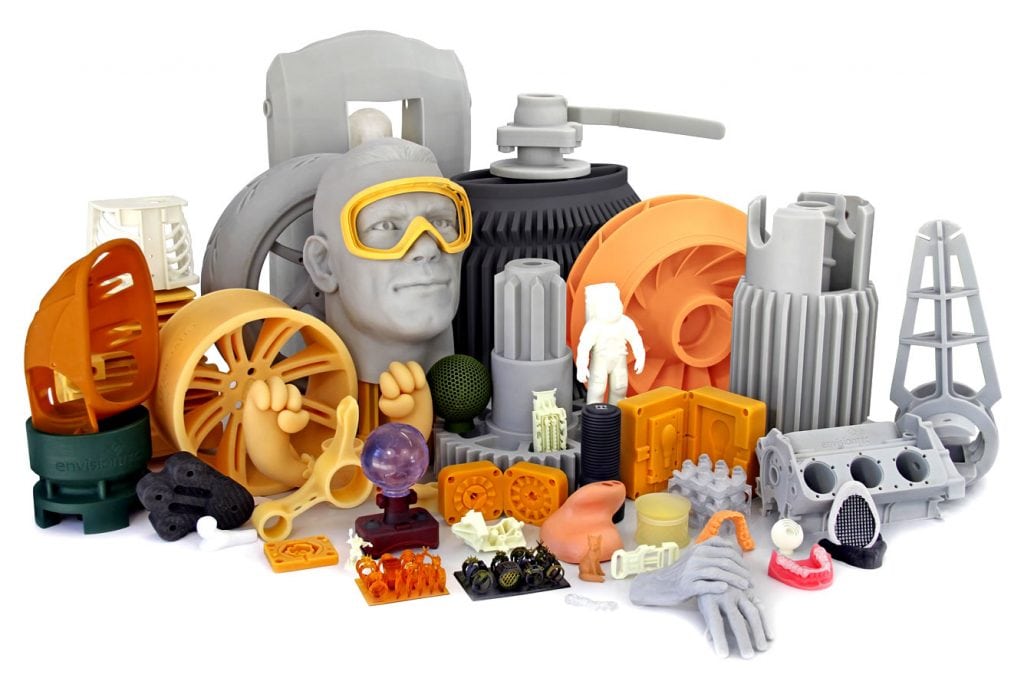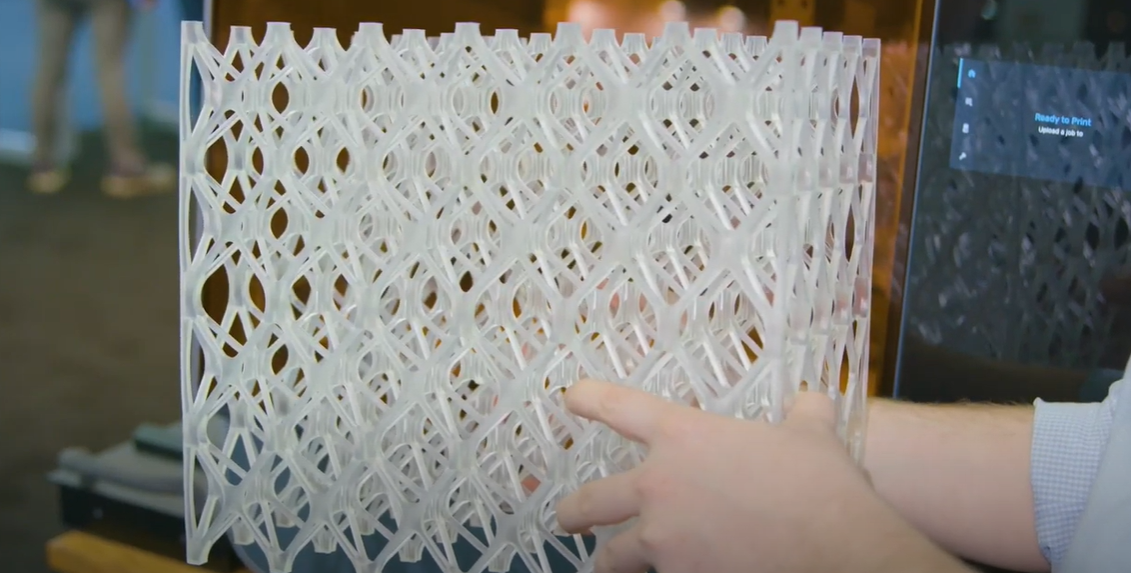All 3D Printing technologies under one roof


From INCREDIBLY small to large size 3D printing.
Send your file & get instant QUOTE
We accept all 3D files.
But for convenience .STEP, .STL , .OBJ are some of the extensions we use.
PROTOTYPE
We work on several new design initiatives and proof of concept design projects. An idea at an early stage that needs to be proven and productive is a good starting point for us.
Proof-of-Principle Prototype
A Proof of concept prototype is used to test some aspect of the intended design without attempting to exactly simulate the visual appearance, choice of materials, or intended manufacturing process. Such prototypes can be used to “prove” out a potential design approach such as range of motion, mechanics, sensors, architecture, etc. These types of models are often used to identify which design options will not work, or where further development and testing is necessary.
Form Study Prototype
This type of prototype will allow designers to explore the basic size, look, and feel of a product without simulating the actual function or exact visual appearance of the product. They can help assess ergonomic factors and provide insight into the visual aspects of the product’s final form. Form Study Prototypes are often hand-carved or machined models from easily sculpted, inexpensive materials (e.g., urethane foam), without representing the intended color, finish, or texture. Due to the materials used, these models are intended for internal decision making and are generally not durable enough or suitable for use by representative users or consumers.
User Experience Prototype
A User Experience Model invites active human interaction and is primarily used to support user-focused research. While intentionally not addressing possible aesthetic treatments, this type of model does more accurately represent the overall size, proportions, interfaces, and articulation of a promising concept. This type of model allows early assessment of how a potential user interacts with various elements, motions, and actions of a concept which define the initial use scenario and overall user experience. As these models are fully intended to be used and handled, more robust construction is key. Materials typically include plywood, REN shape, RP processes, and CNC machined components. Construction of user experience models is typically driven by preliminary CAID/CAD which may be constructed from scratch or with methods such as industrial CT scanning.
Visual Prototype
The visual prototype will capture the intended design aesthetic and simulate the appearance, color, and surface textures of the intended product but will not actually embody the function(s) of the final product. These models will be suitable for use in market research, executive reviews and approval, packaging mock-ups, and photo shoots for sales literature.
Functional Prototype
A functional prototype (also called a working prototype) will, to the greatest extent practical, attempt to simulate the final design, aesthetics, materials, and functionality of the intended design. The functional prototype may be reduced in size (scaled down) in order to reduce costs. The construction of a fully working full-scale prototype and the ultimate test of a concept is the engineers’ final check for design flaws and allows last-minute improvements to be made before larger production runs are ordered.
more traditional processes such as sheet metal fabrication, casting, CNC, vacuum castings, thermo-forming with the complementary labeling, painting, and printing processes as required. For rapid turnaround PCBs, we have an extensive supply chain.

